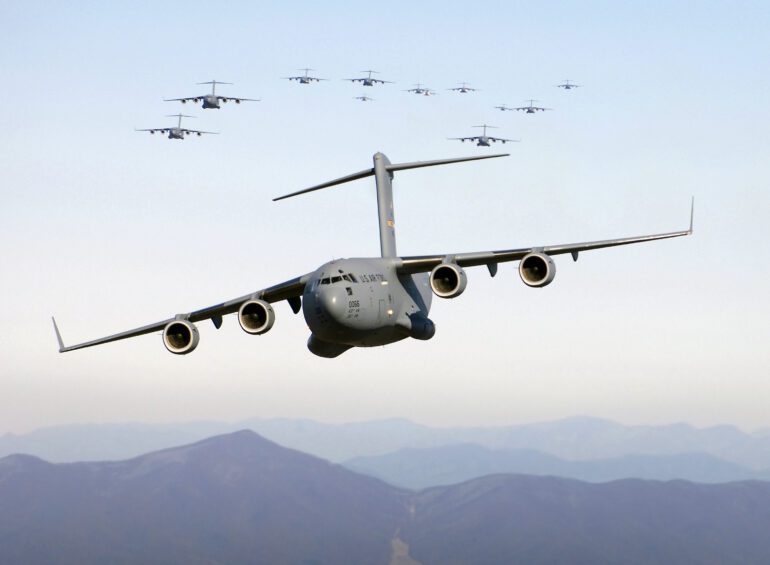TL;DR:
- The Department of the Air Force and MIT demonstrated real-time magnetic navigation on a C-17A Globemaster III aircraft.
- The MagNav trial utilized AI and machine learning from the DAF-MIT AI Accelerator to enhance neural network training.
- Collaboration through the Magnetic Navigation Open Challenge refined the neural network architecture to eliminate magnetic noise.
- Esteemed organizations, including the Air Force Research Laboratory and MIT, supported the demonstration.
- SandboxAQ secured approval to deploy a quantum magnetometer ahead of schedule under the Small Business Innovation Research program.
Main AI News:
The Department of the Air Force and the Massachusetts Institute of Technology (MIT) have successfully showcased a groundbreaking demonstration of real-time magnetic navigation on a C-17A Globemaster III aircraft. This remarkable achievement was made possible through the utilization of cutting-edge artificial intelligence (AI) and machine learning capabilities provided by the DAF-MIT AI Accelerator. The collaborative effort, known as the MagNav trial, took place during exercise Golden Phoenix, which occurred from May 11 to 15 at Travis Air Force Base in California.
The implementation of AI and machine learning technology allowed the MagNav team to leverage the AIA’s calibration and positioning neural network, as well as AI models based on data generated from the C-17. By incorporating these advanced tools, the team expedited the training process of the neural network, significantly enhancing its efficiency and accuracy. Additionally, the MagNav team collaborated with global partners through the Magnetic Navigation Open Challenge to further refine the neural network architecture. This collaboration aimed to effectively eliminate magnetic noise emanating from the aircraft, ensuring optimal performance during magnetic navigation operations.
To support the MagNav demonstration, several esteemed organizations played vital roles. The Air Force Research Laboratory Sensors Directorate, the Air Force Institute of Technology Autonomy and Navigation Center, MIT, and MIT Lincoln Laboratory all provided crucial assistance and expertise throughout the project. Their involvement solidified the collaborative nature of this groundbreaking endeavor, fostering innovation and pushing the boundaries of magnetic navigation capabilities.
In a related development, SandboxAQ, a pioneering company, obtained approval to deploy a quantum magnetometer ahead of its originally scheduled timeline. This accomplishment was made possible through the Small Business Innovation Research program, which recognizes and supports innovative small businesses. The deployment of this quantum magnetometer showcases the commitment to advancing magnetic navigation technologies, opening up new possibilities for future applications and breakthroughs in this field.
Conclusion:
The successful partnership between the Department of the Air Force and MIT, leveraging AI and machine learning capabilities, represents a significant breakthrough in the field of magnetic navigation. This advancement has the potential to revolutionize aircraft navigation and positioning systems, offering enhanced safety, efficiency, and precision.
The collaboration with global partners and the deployment of a quantum magnetometer also highlights the market’s commitment to pushing the boundaries of magnetic navigation technology. This development opens up new opportunities for companies operating in the aviation sector to explore innovative solutions and capitalize on the benefits of advanced AI-driven navigation systems.

